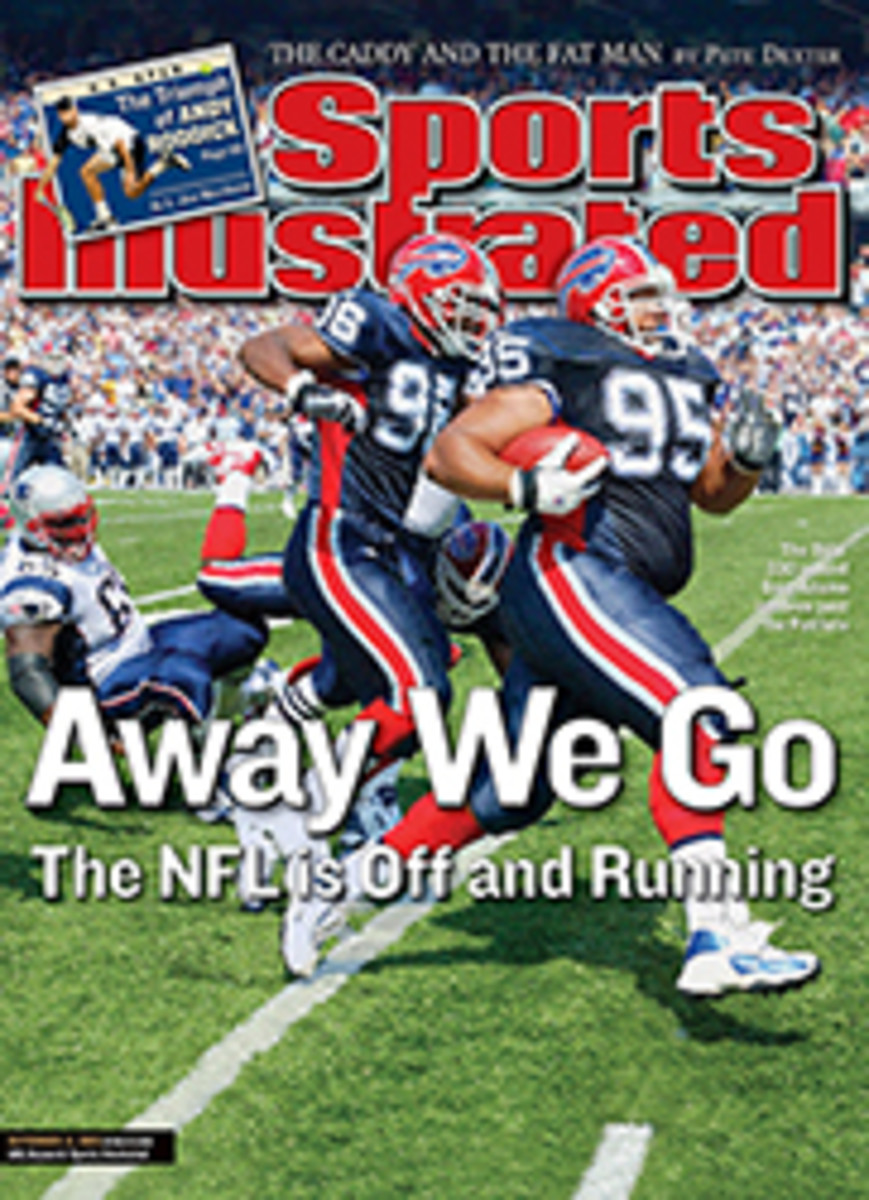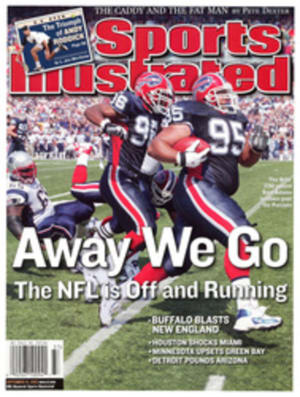
Rush to Judgment Suspended Ohio State running back Maurice Clarett says he may sue the NFL to gain early admission. Can his lawyer help him crack the pros?
In many regards the saga of Ohio State running back Maurice
Clarett is your average paint-by-numbers NCAA brouhaha. Player is
accused of academic tomfoolery and other improper conduct and is
suspended from the team. Feeling like a scapegoat, player
threatens to transfer and fights back through the press, in this
case with the help of Hall of Famer Jim Brown. Soon the verbal
warfare escalates to Franken-O'Reilly levels, and it becomes
clear that the athlete has likely played his last down for the
school.
This is where things get interesting. Were Clarett playing
basketball--or any other sport with a professional league--he
would have the option of sitting out the season and turning pro.
But because players aren't eligible for the NFL draft until they
have been out of high school for three years, Clarett, a
sophomore, can't be selected until 2005. Clarett has said he may
sue the league to enter the draft a year early and, at first
glance, he would seem to have an airtight case. After all, common
sense tells us that if all other pro sports welcome players his
age, so should football.
But that doesn't mean Clarett could make an easy run to the
professional ranks. His opponent, lest we forget, is the NFL, a
multibillion-dollar industry that will fight hard to preserve the
age restriction. Why? The stated reason is that very young
players are not prepared for the mental and physical challenges
of pro ball, and the league may be sincere, not to mention
correct, in that assertion. But the present set-up is also great
for business; football is alone among the big four sports in
having a feeder system that provides at least three years of
seasoning and creates marketable stars at no cost to the pro
division. (Baseball has long had minor leagues; Spencer Haywood
successfully sued the NBA for early admission in 1971; and the
NHL lowered its minimum age to 18 in 1977.) But virtually no one
messes with the NFL on this issue because it would likely be a
long and expensive battle. As the NFL's Greg Aiello says, "We are
fully prepared to vigorously defend our eligibility rules and are
confident in our chances in a court of law."
Clarett's lawyer, however, has a very different view of the
possibilities. "It's a simple case," Alan Milstein told SI. "They
obviously cannot control the age of the kids that come into the
league."
Ah, but the NFL can do just that if it can convince a judge that
the three-year rule is actually part of it's collective
bargaining agreement with the players' union. Commission Paul
Tagliabue is sure it is, while Milstein can argue that it
certainly isn't because there is no explicit language in the
agreement about the age rule. NFL Players Association president
Gene Upshaw, meanwhile, says that he wishes Clarett would stay in
school but is otherwise studiously vague about his position. The
fact is, there are good arguments on both sides of the issue, and
any legal contest would be a crapshoot. Steve Ross, a professor
at the University of Illinois College of Law and an expert on
sports labor issues, says that if the matter goes before a judge
"you cannot possibly predict what decision would be made."
There is one not-too-far-fetched scenario that could give both
sides what they want. In it, Clarett would obtain an injunction,
forcing the NFL to conduct a supplemental draft just for him
(that's been done before), and the NFL would appeal. Two years
from now the appeal would be decided in the league's favor.
Clarett, by then, would be a couple of seasons into his pro
career, and the NFL's eligibility rule would be affirmed. All
would be right with the world, at least until the next player
with dreams of early stardom--or too many NCAA violations--comes
calling.
--Chris Ballard and Lester Munson
COLOR ILLUSTRATION: ILLUSTRATION BY STEVE BRODNER
"Henson's in the major leagues. Would he be better off in the NFL?"
--WHAT SHOULD DREW DO? PAGE 23

